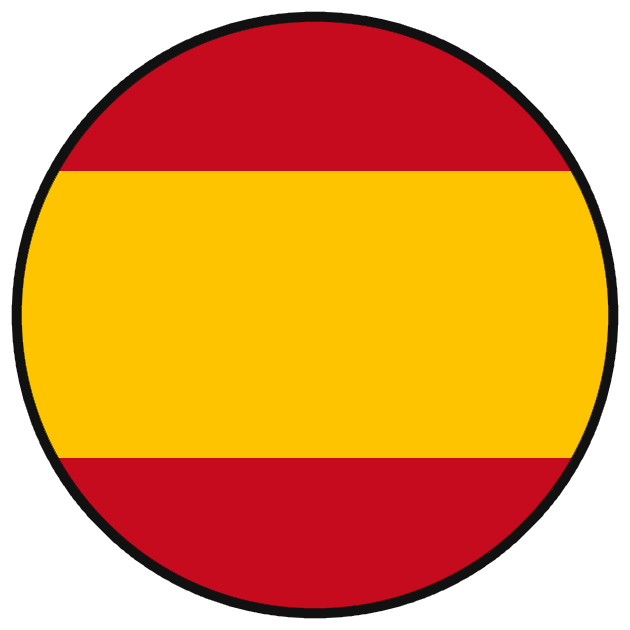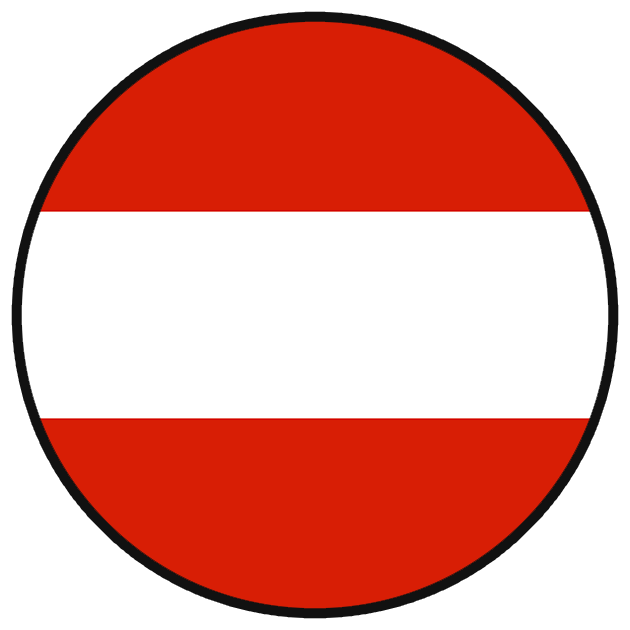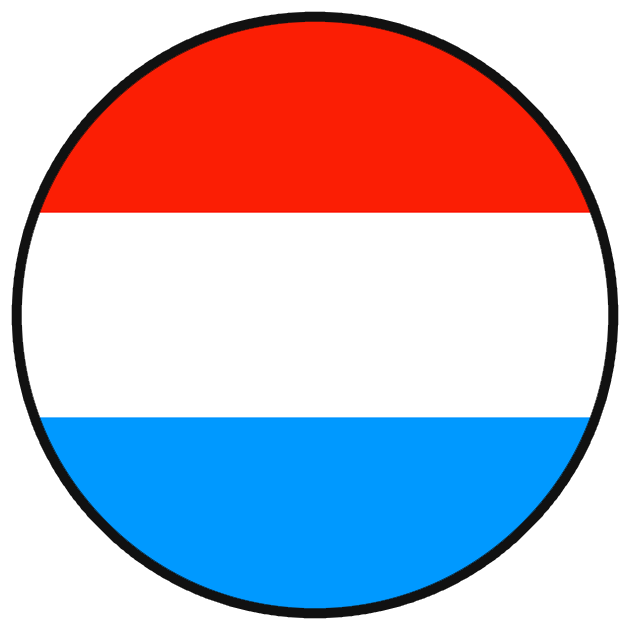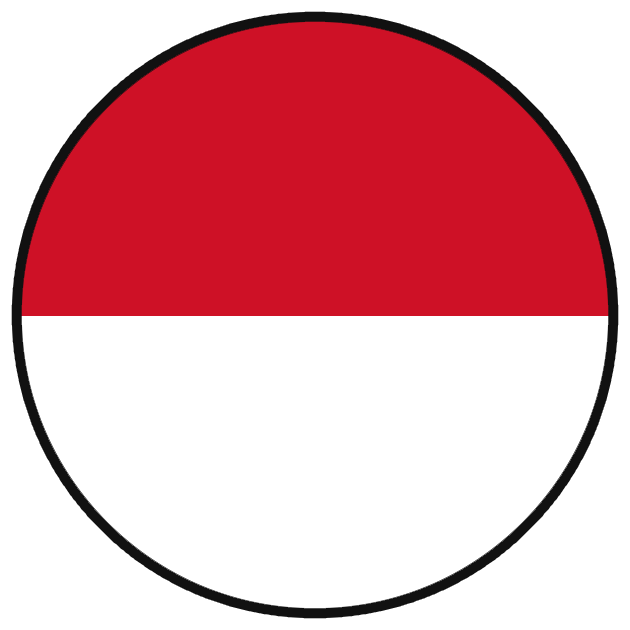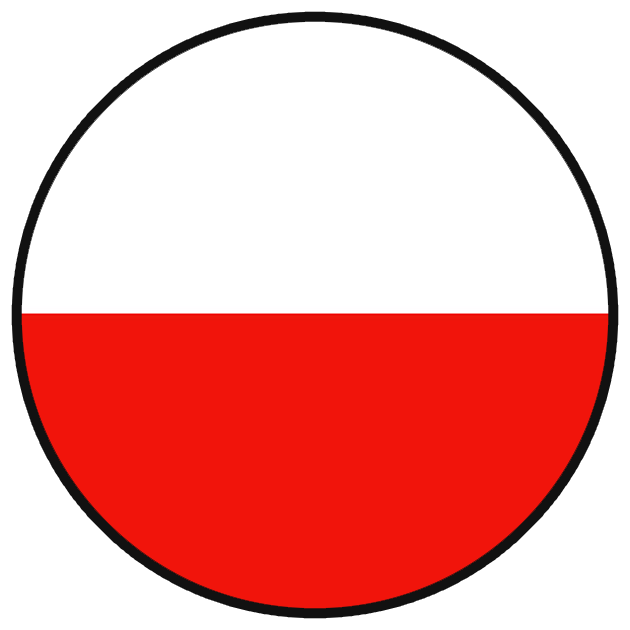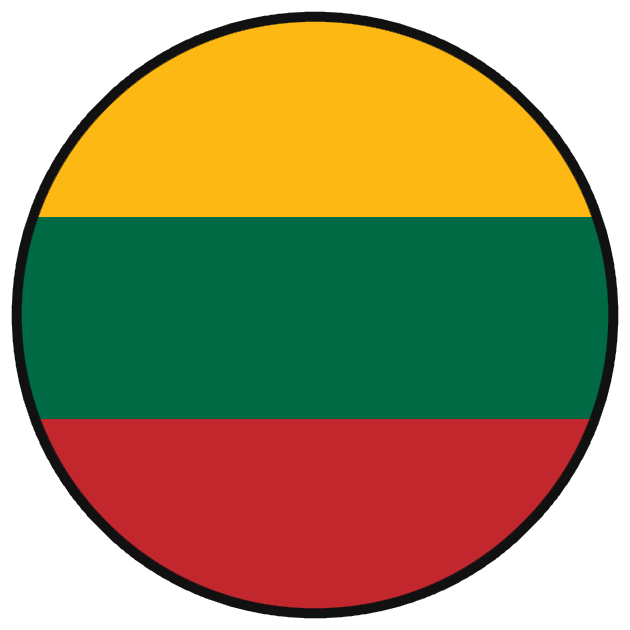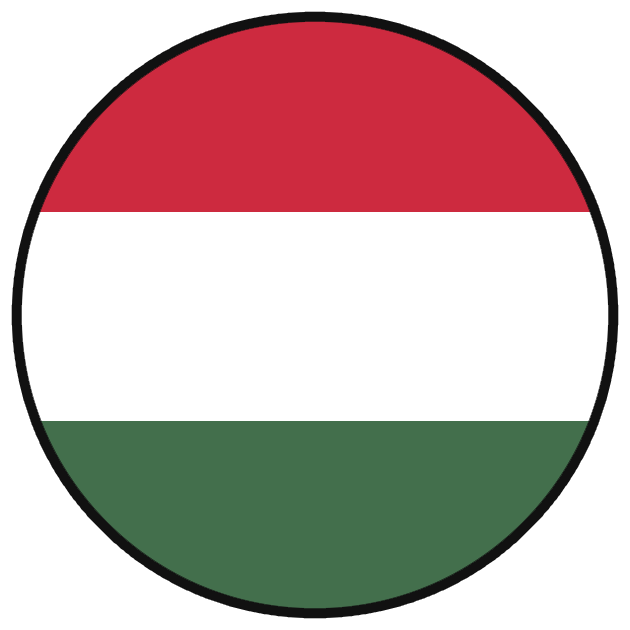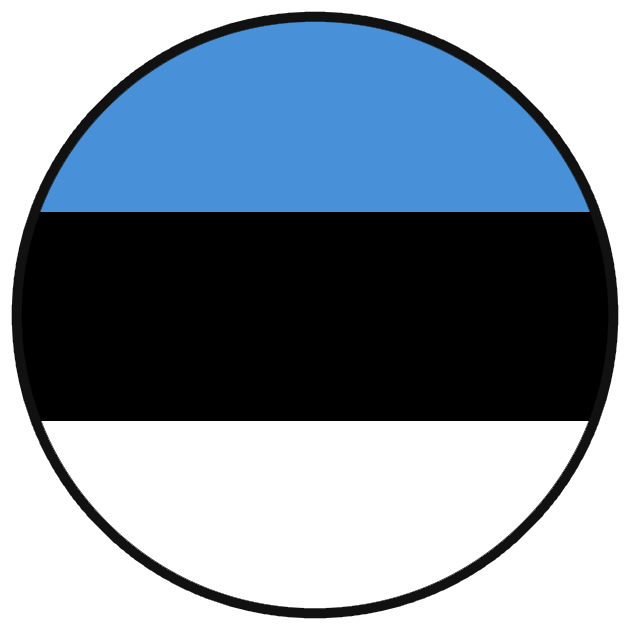Birth
We can mark the beginning of an orange tree’s life when we graft the variety we want to obtain on a rootstock. In Naranjas del Carmen since 2014 we have used rootstock patterns such as Carrizo or Forner Alcaide for new plantations. The roots that develop these patterns are resistant to diseases, such as the citrus tristeza virus or Phytophthora.
The citrus varieties we have grafted are Clemenules and Navel. Among the Navel varieties we have chosen Navelinas, Navel Washington, Navel de Foyos, Lane Late and Chislet, which allow us to offer this harvest schedule.
Once the graft is done, the tree usually spends its first year of life in a greenhouse protected from harsh weather conditions. This increases the chances that the graft will thrive.
Childhood
When the graft has already connected well with the rootstock is when we can transplant the tree from the pot to the place where it will spend the rest of its life. We usually take advantage of the spring or autumn seasons so that the tree adapts better to the environment avoiding that it gets neither too cold nor too hot.
For the next 2 or 3 years, the tree does not put down roots and widen the trunk. It has no harvest and the little it may have is preferable to remove it so that it puts all its energy into developing. Keeping the fruit on the tree would require a lot of energy from the tree. We make a light pruning so that the tree is taking shape.
It is the most delicate time since any small problem can end the life of the tree: a rabbit bite, a failure in the irrigation or an involuntary cut of the mower can kill the tree in a few days. We expect that 3% of the trees planted can die during this period. When this happens we plant a new one in the same place.
Youth
We consider that the orange tree enters in its youth from the year 5 and up to 10 years. During this stage the trees increase the fruit harvest each season. It is very important to make an annual pruning to properly guide the main arms of the tree.
Maturity
Maturity is the stage of full production that in our case is usually between 11 and 25 years. In our orchard and in accordance with our cultivation philosophy, an orange tree in full production gives an average of 80 kg of oranges per season. In this stage the growth slows down and most of the energy is dedicated to the tree to bloom and fruit, but not to continue growing.
Thanks to the annual pruning and to not forcing the production, our oranges offer a good production beyond the 30 years.
Old age
The annual production of fruits will decrease more and more. The tree does not get enough energy to bloom strongly and set the fruits. Its fruit will become less and less uniform in size and with different shades of colour.
Many farmers decide to double their plantation during this time to grow a new tree next to an old tree. This practice is laborious and has some drawbacks: difficult soil regeneration, irrigation management or simply that large trees can provide shade to new ones that do not develop as they touch. Nonetheless, this technique allows them to have a more continuous harvest and income.
The decay
At this time the tree hardly bears fruit and is increasingly sensitive to diseases, parasites and viruses. Nature is so grateful that she still gives you the wood of the tree to make paellas or to heat us in winter with the stove.
Thanks to the Crowdfarming model, all the trees we have planted in our orchard have their own owner who, in addition to giving them a name, maintain them and receive their oranges.





 My account
My account 










